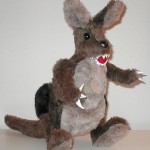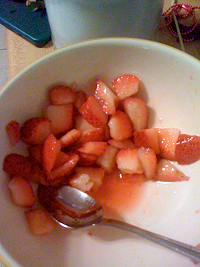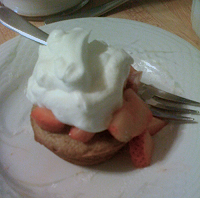
One of my favorite books that ties in with the study of the life sciences is Janet Kagan’s Mirable. It’s a series of stories about colonists trying establish themselves on a new world. Because of an accident on the trip over from Earth, the plants and animals they try bring with them (or propagate from their recorded DNA sequences) tend to randomly, and all too frequently, produce offspring that are hybrids of all sorts of phylogenetically unrelated organisms. The hybrids then produce other hybrids until, eventually, they produce another “Earth-authentic” species. This was supposed to be a feature to add redundancy to their gene banks. The impetus for the stories comes from the fact that some of the hybrids are unexpected and quite interesting, like the kangaroo-rex.

Kagan writes a good story, entertaining, light hearted and easily accessible to early adolescents, but I particularly like her model of education on the new world. Since they need as much genetic diversity as possible, even people who don’t want to raise children need to have them. So kids are sent to live at a boarding school that’s really a hotel, which they run. Sounds a lot like Montessori’s Erdkinder.
The kids get training and regular visits from experts in a variety of fields. They get to help of the protagonist with her projects by tracking animals in the field and running genetic sequences through their equivalent of GenBank.
The best science fiction provides interesting models of society. Mirable, I believe, is a model of a society designed around the ideas of Peace Education. The Montessori spirit runs throughout the stories not just in the education system, but in the way characters interact one another, even in times of conflict.
I’m an unabashed advocate for using science fiction in the classroom because it delves into such wide ranging parts of the curriculum, Natural World, Social World, Language and, in this case, Peace Education. Of course the stories have to be chosen well. Mirable is one of perhaps only two books (the other is The Chrysalids by John Wyndham) that I use when we study the life sciences.


